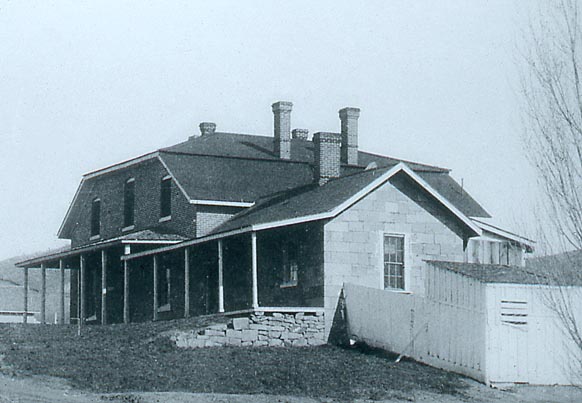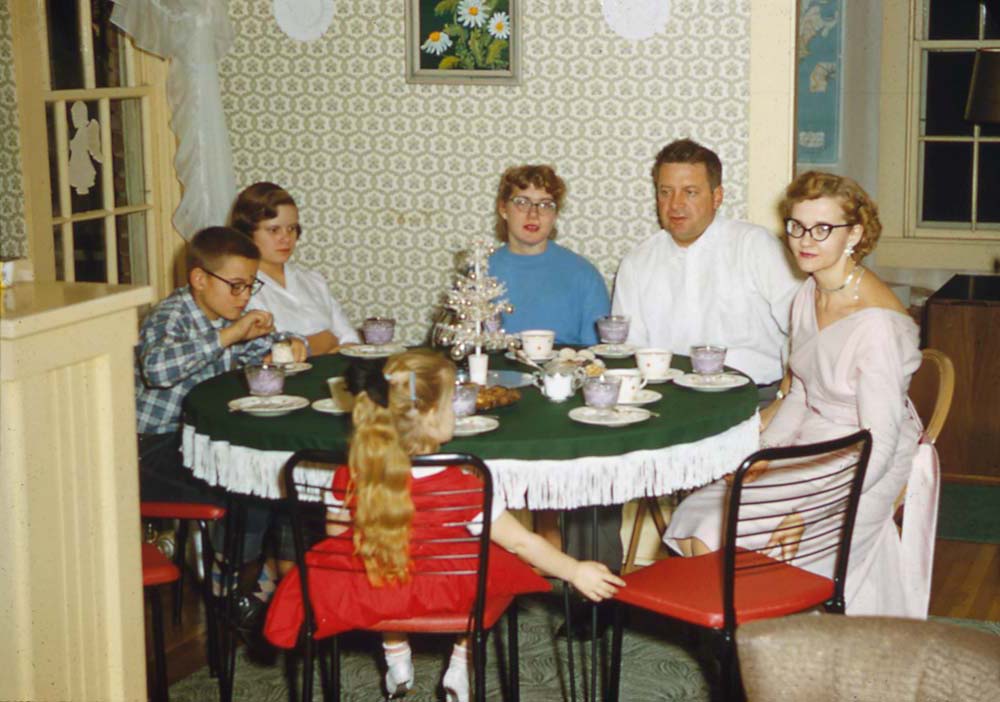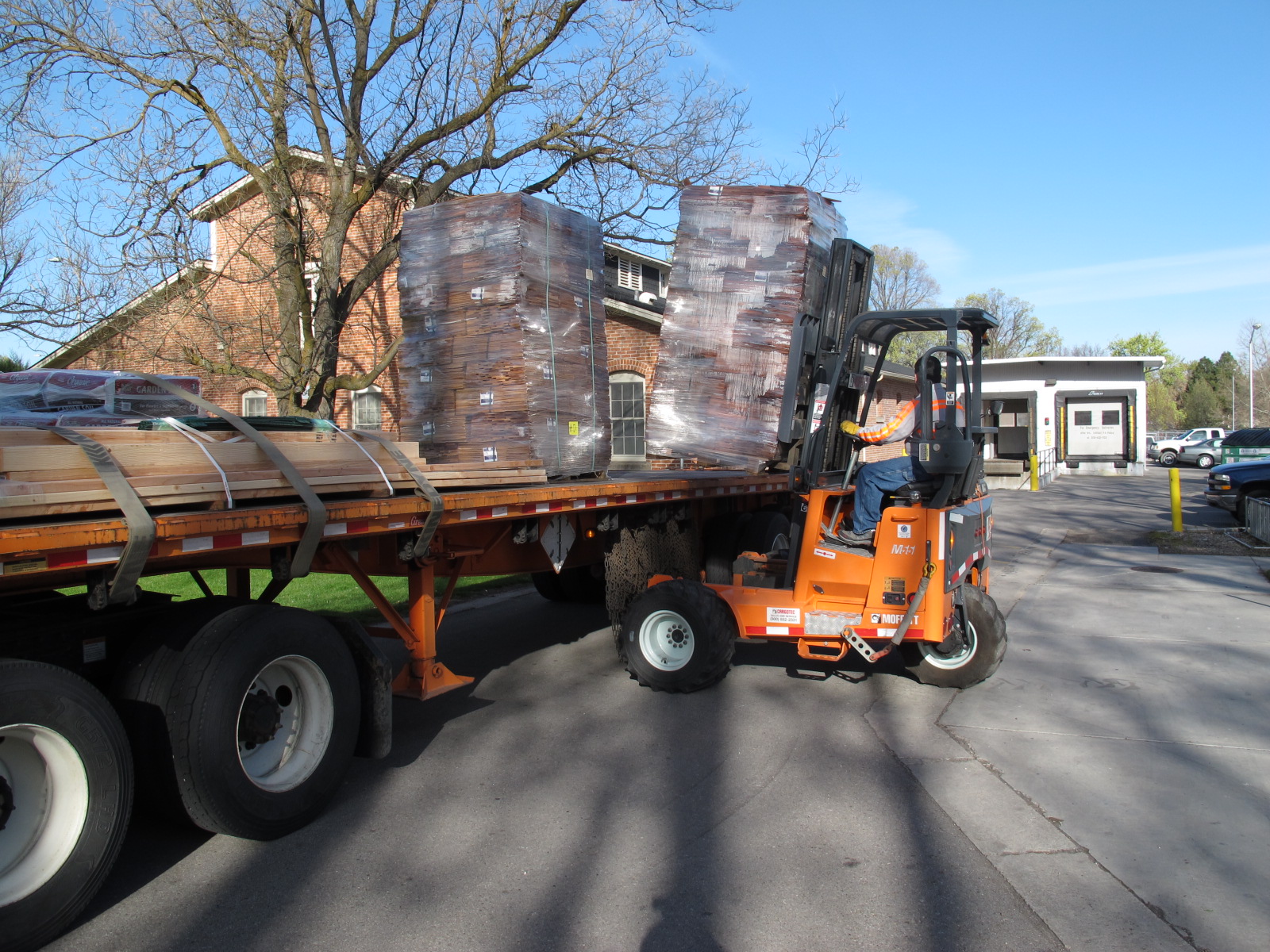The Story
On July 4, 1863, the U.S. Army established Fort Boise along the Oregon Trail in southern Idaho. This led to the founding of the neighboring city of Boise three days later. The Army brought a skilled stonemason, Charles May, who designed the fort’s sandstone buildings. Three of the early buildings are still standing, one of which is Building 4, the Surgeon’s Quarters. It served as office and living space for surgeons and their families for more than 120 years and is one of the oldest sandstone buildings in the state.
As the needs of the Army evolved, so did the fort. In 1919, the U.S. Public Health Service acquired the property for use as a hospital. The Veterans Administration (now the U.S. Department of Veterans Affairs [VA]) subsequently acquired the property in 1938 and now operates the campus as the Boise VA Medical Center (VAMC). Changing needs eventually led to the VAMC vacating Building 4 in the 1990s. The fort was listed in the National Register of Historic Places in 1972 as the Fort Boise National Historic District.
The Project
In 2013, the fort and the city celebrated their 150th anniversary. Preservation Idaho (PI), the statewide preservation nonprofit organization, was aware of the deteriorating state of the vacant Surgeon’s Quarters and identified it as a candidate for revitalization in celebration of the anniversary. PI approached the VAMC and proposed rehabilitating the building, an offer that included the provision of private donations of funds, labor, and materials. Such a donation required secretarial-level authorization. The VA Secretary approved the donation, which was the first time this special authority had been used to support a historic preservation project. This enabled the director of the VAMC to move forward in partnership with PI and its local volunteers.
The 106 Process
VA was responsible for conducting the Section 106 process under the National Historic Preservation Act. Section 106 requires that federal agencies identify historic properties and assess the effects of the projects they carry out, fund, or permit on those properties. Federal agencies also are required to consult with parties that have an interest in the property when adverse effects are likely to occur.
In consultation with the Idaho State Historic Preservation Officer (SHPO) and PI, the VAMC proposed to let PI rehabilitate the exterior of the Surgeon’s Quarters in adherence with the Secretary of the Interior’s Standards for Rehabilitation. PI’s team of professionals prepared a plan, and the VAMC sent it to the SHPO for review and approval. The SHPO approved and agreed the project would not adversely affect the Surgeon’s Quarters.
To secure the funds and labor necessary for the project, PI organized public involvement through volunteer workdays, media exposure, and fundraisers. A “Quarters for Quarters” campaign, started by third graders, led to the project’s first donation—$30 in quarters. Grants and donations from numerous local groups and organizations raised nearly $100,000. The donations funded cleaning and repointing the sandstone and brick exterior and reshingling the roof, an effort undertaken by several area veterans. The front porch was removed and reconstructed to match its original design, including repair and reinstallation of the historic porch posts, beadboard ceiling, and tongue and groove fir floor. Inappropriate interior alterations also were removed. Staff and students of the Department of Sociology and Anthropology at the University of Idaho and volunteers managed by the Idaho Archaeological Society conducted an archaeological investigation within the footprint of the porch that enabled a more accurate reconstruction. PI also installed an onsite educational exhibit and panel to assist visitors in learning about the building.
The Success
With the exterior stabilized, the VAMC secured an additional $700,000 from VA to fund an interior rehabilitation of the building. The VAMC completed the renovation in 2017, and Building 4 now serves as VA’s National Telehealth Center. Telehealth professionals offer remote, expert care to veterans around the country from offices in the Surgeon’s Quarters. The Section 106 review facilitated a productive and successful public-private partnership that revitalized a significant historic property and galvanized VA’s commitment to stewardship of its historic properties. By returning a vacant building to use in support of veterans, the project has strengthened community ties and set a precedent for future projects that might benefit from using the VA Secretary’s authority.


